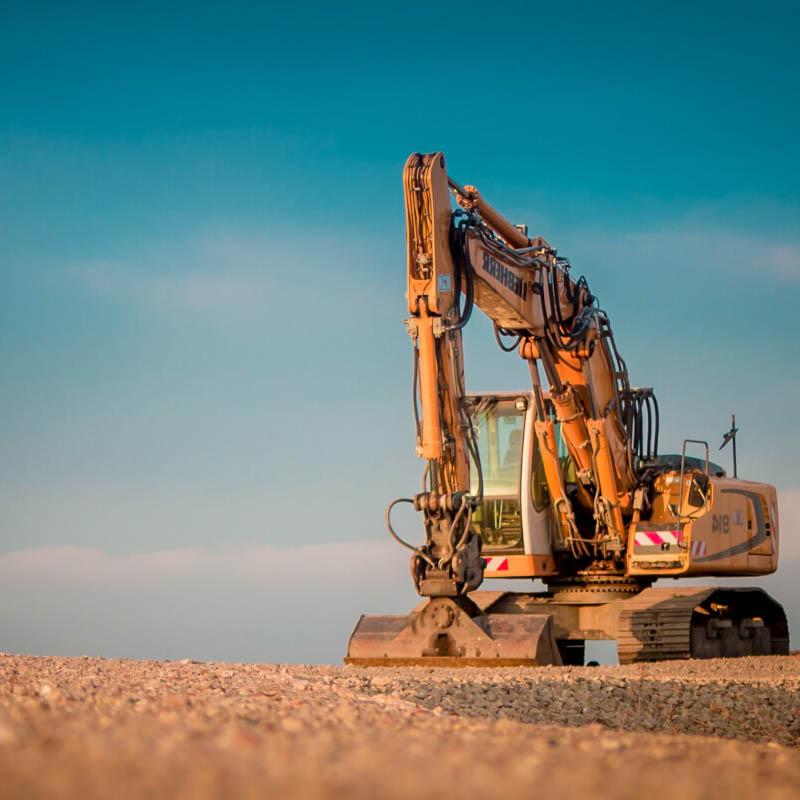The re-development of brownfield sites may involve disturbance of hazardous materials previously used on the site or incorporate ground brought to site from elsewhere. Historical use of asbestos and subsequent contamination can be a minefield for developers.
A number of issues arise when considering the assessment and impact of asbestos in soils:
The UK has a policy of recycling brownfield sites for further use. Many of these sites have a legacy of industrial use before contaminated land was a primary concern, particularly where former industrial sites are being used for housing development. With re-use of the land in mind, it is essential to adequately risk assess the hazards presented to human health from the contaminants present. It is therefore necessary to carry out desktop and site investigations to understand the history of a site, and to quantify the type and extent of contamination present.
Typically high risk sites include former locations of hospitals, schools, industrial sites and housing. Frequently, a significant asbestos content has been left in the structure after primary asbestos removal. Sources of asbestos will obviously include the building which once stood on the site, but also imported materials, hard-core, top soils etc. Once a site has been landscaped, considerable movement of asbestos containing materials may have occurred. It is necessary for the purposes of risk assessment to quantify the extent of asbestos contamination at proposed development sites.
This leads to difficult questions regarding representative and adequate investigation and sampling: Will ACM's be recognisable? What depth and what size of fragments? Hazardous individual asbestos fibres may be as small as 0.02 microns in diameter, or be incorporated in building materials several metres long. New qualifications are currently being prepared for asbestos surveyors and analysts to adequately assess land for asbestos contamination. Where large areas of material require assessment, the sampling strategies need to be reliable and robust. The risk from airborne fibres also needs to be considered, as dry soil in particular has a high potential to release fibres, and should this end up in the Domestic environment, the risks are multiplied. Studies have shown asbestos debris in top soil from domestic gardens have potential fibre release exceeding the control limit.

We will talk through your requirements with you to ensure that you get the right type of assistance, get in touch now to get started.
Contact us now